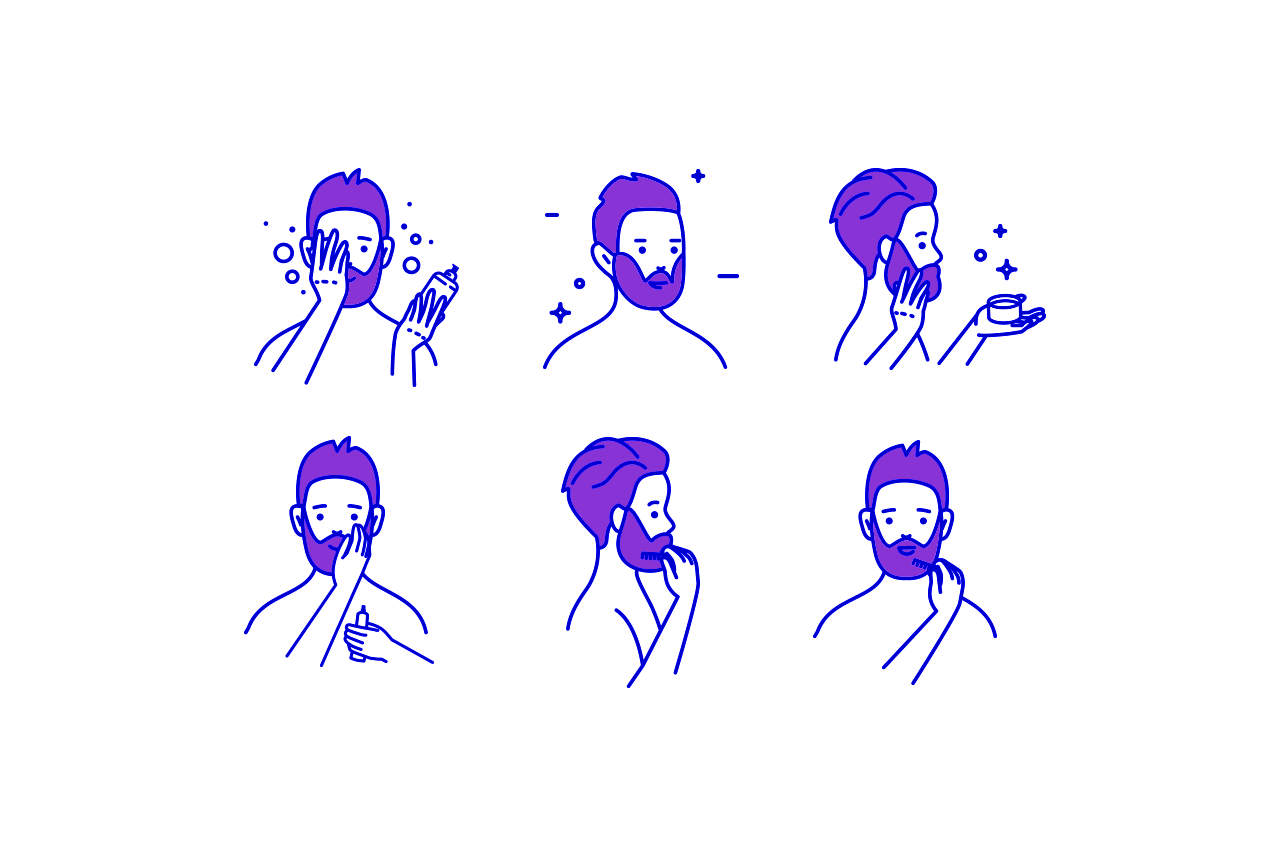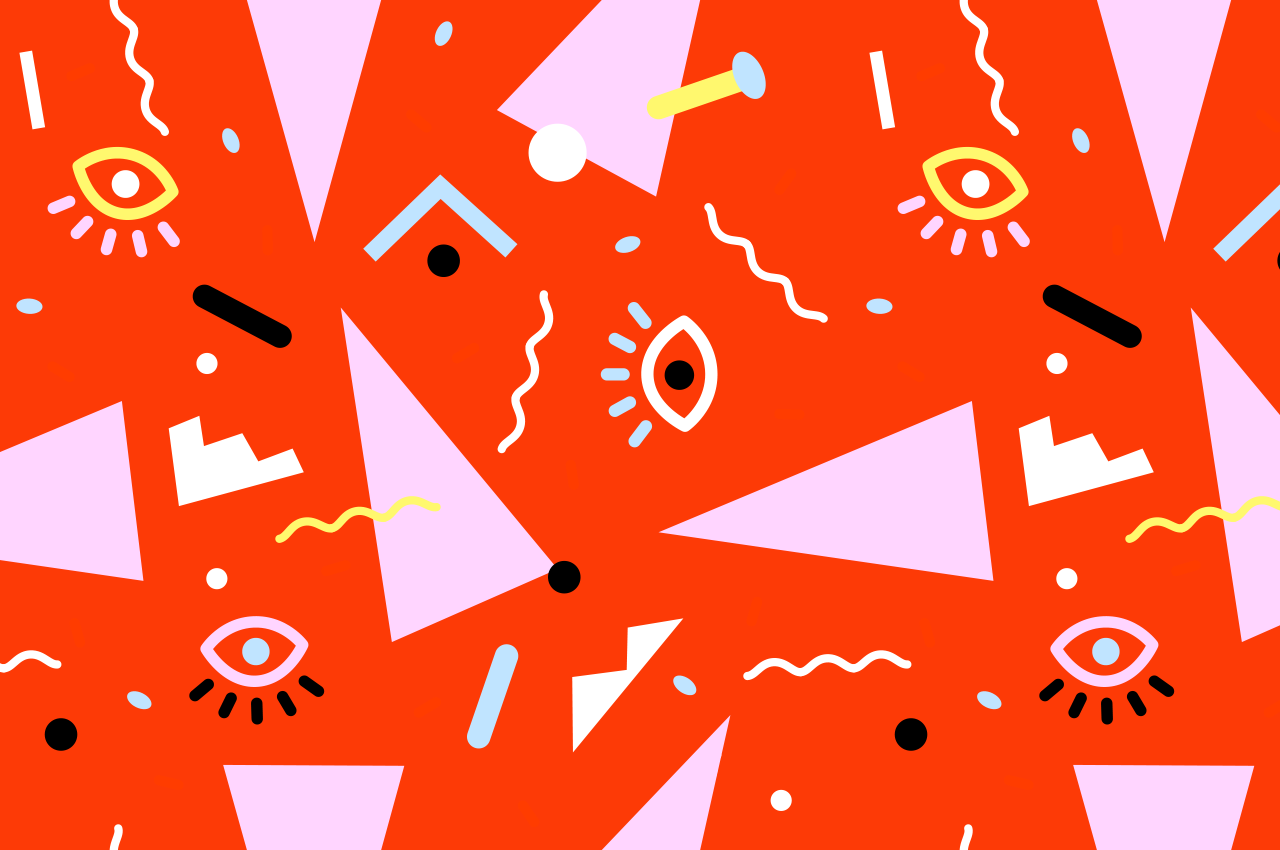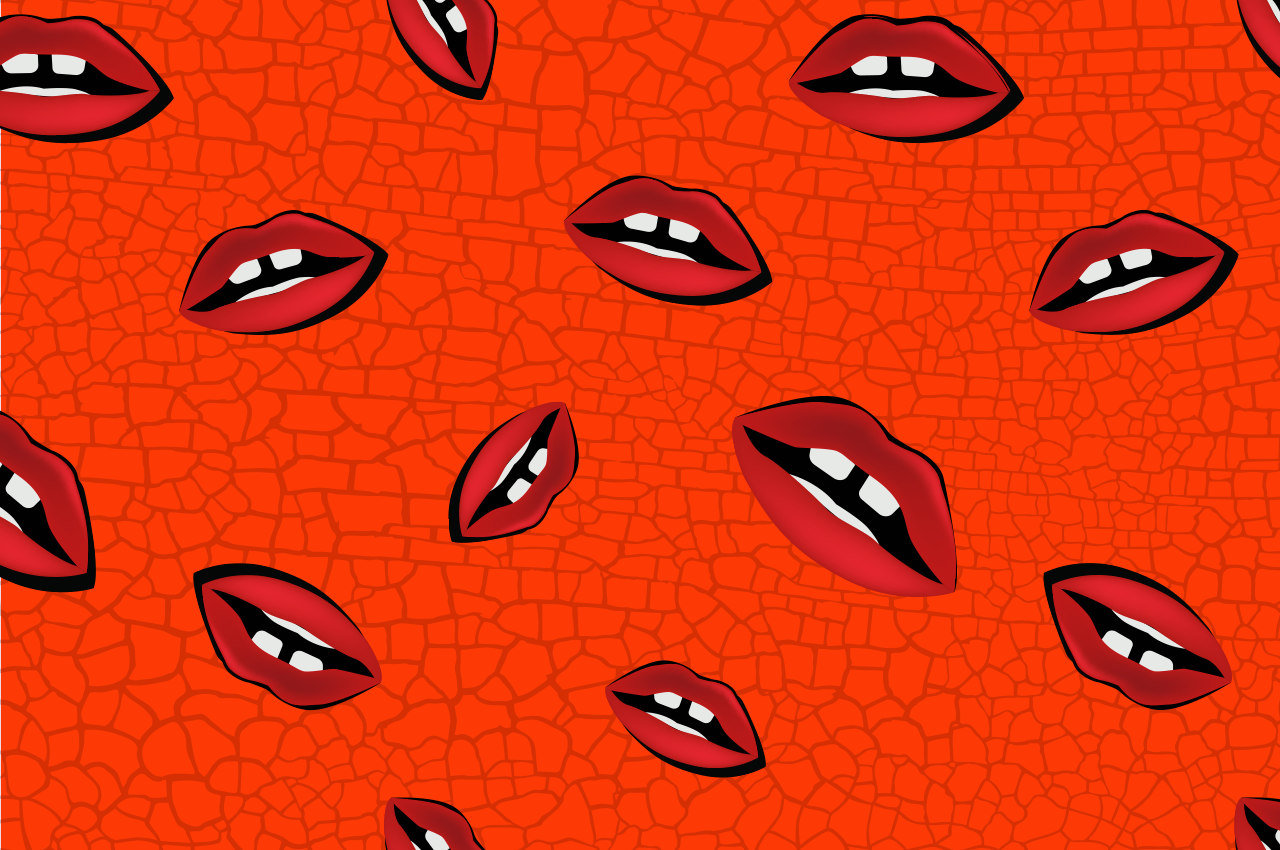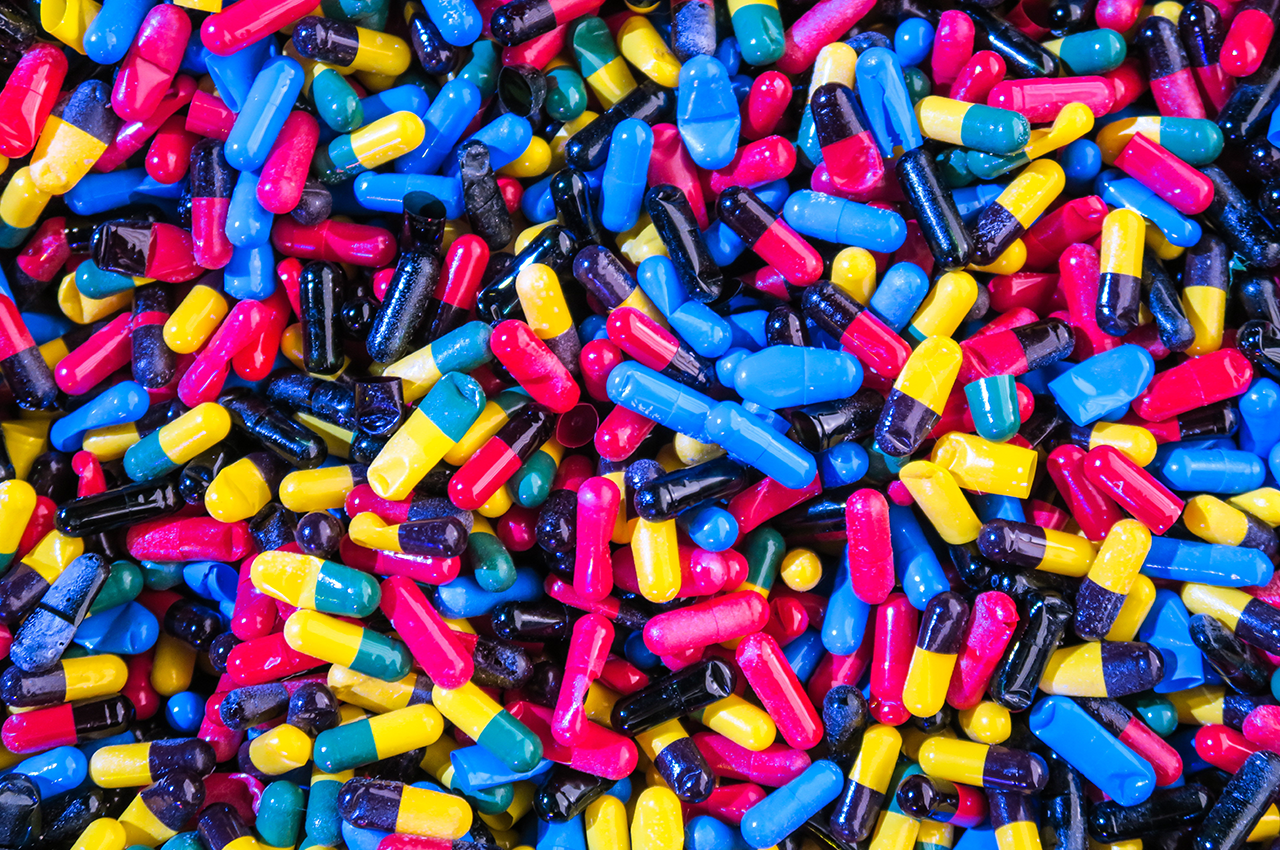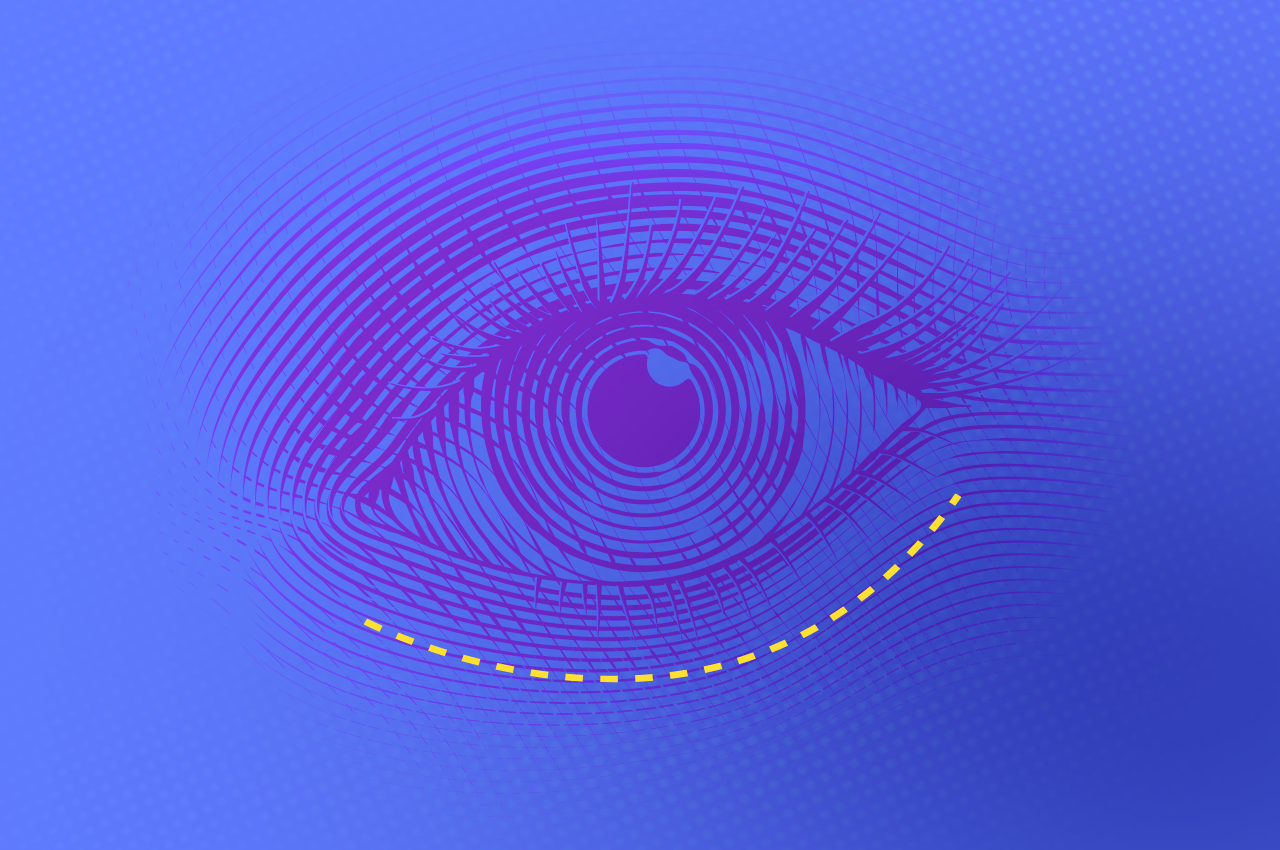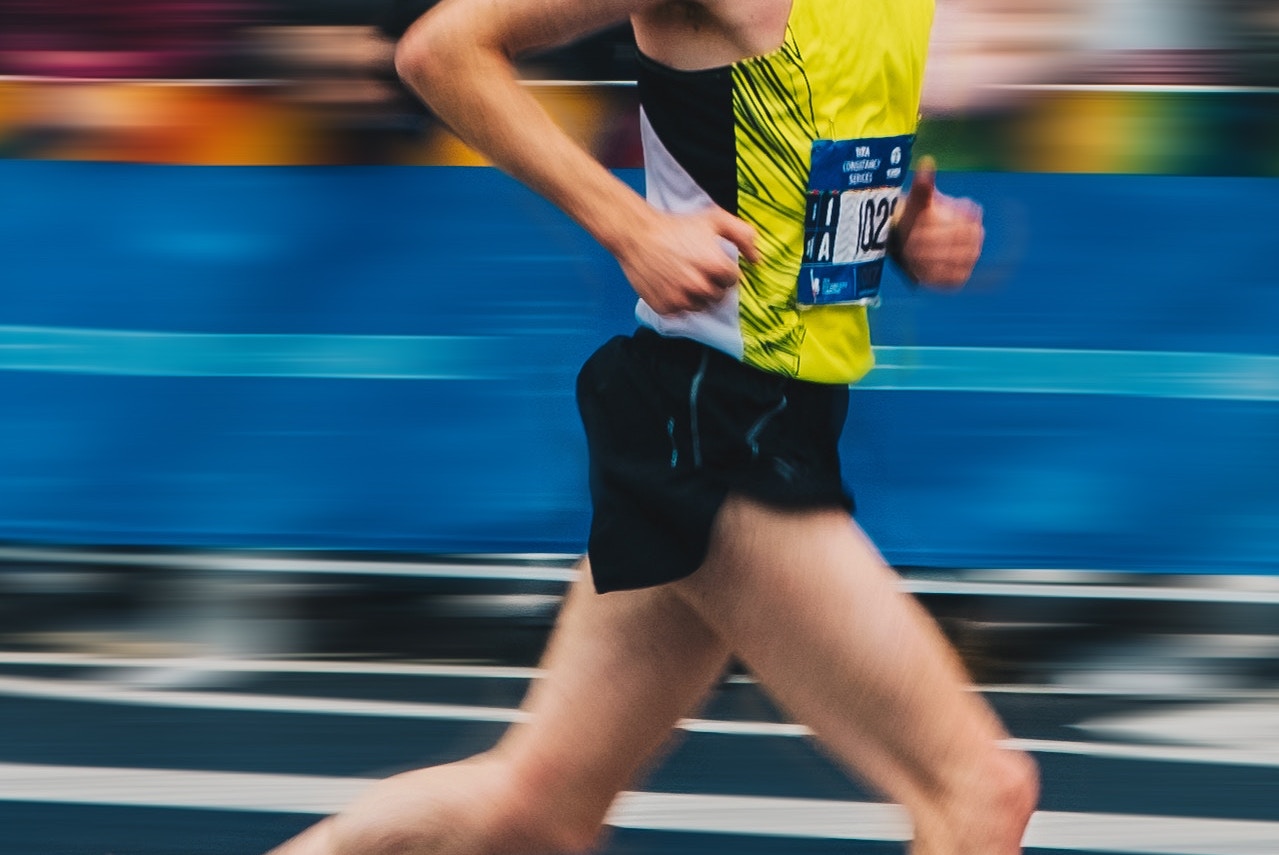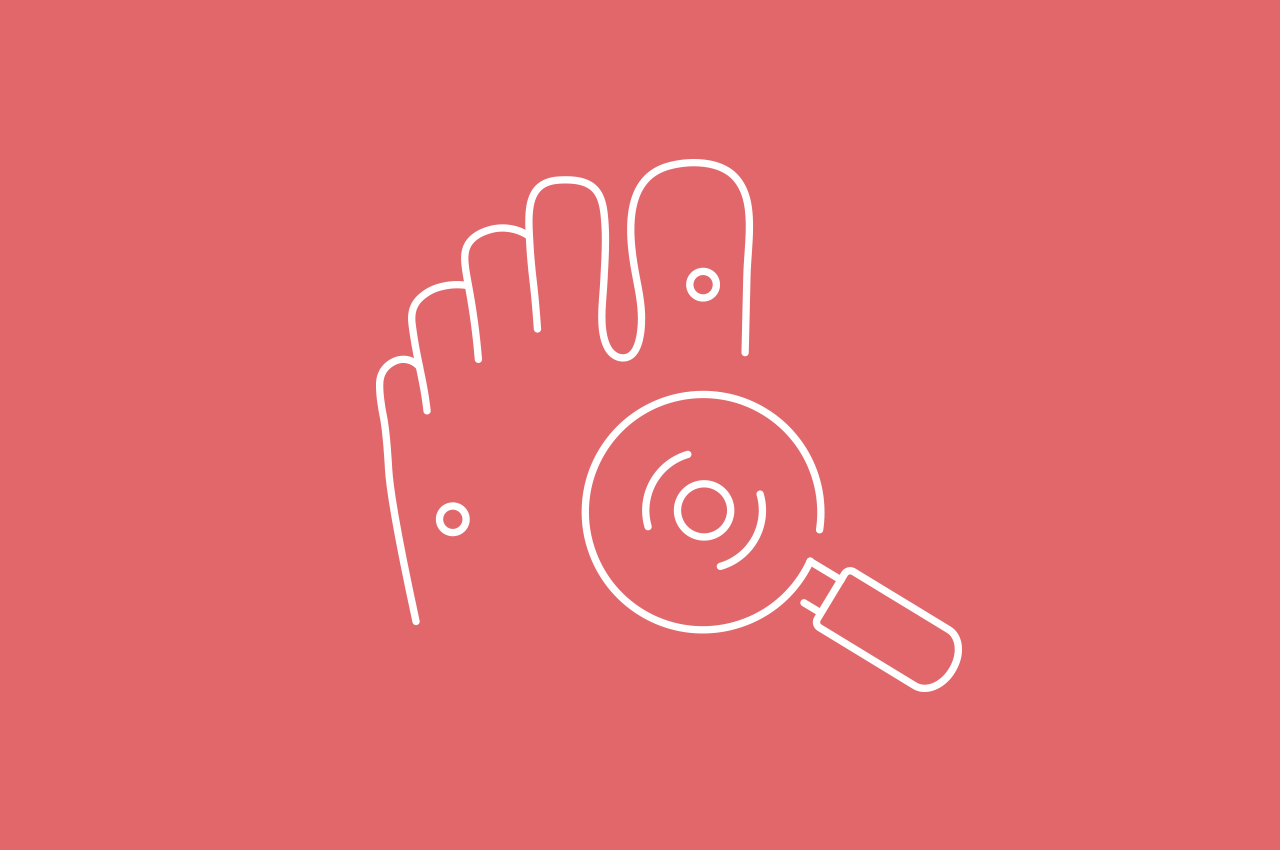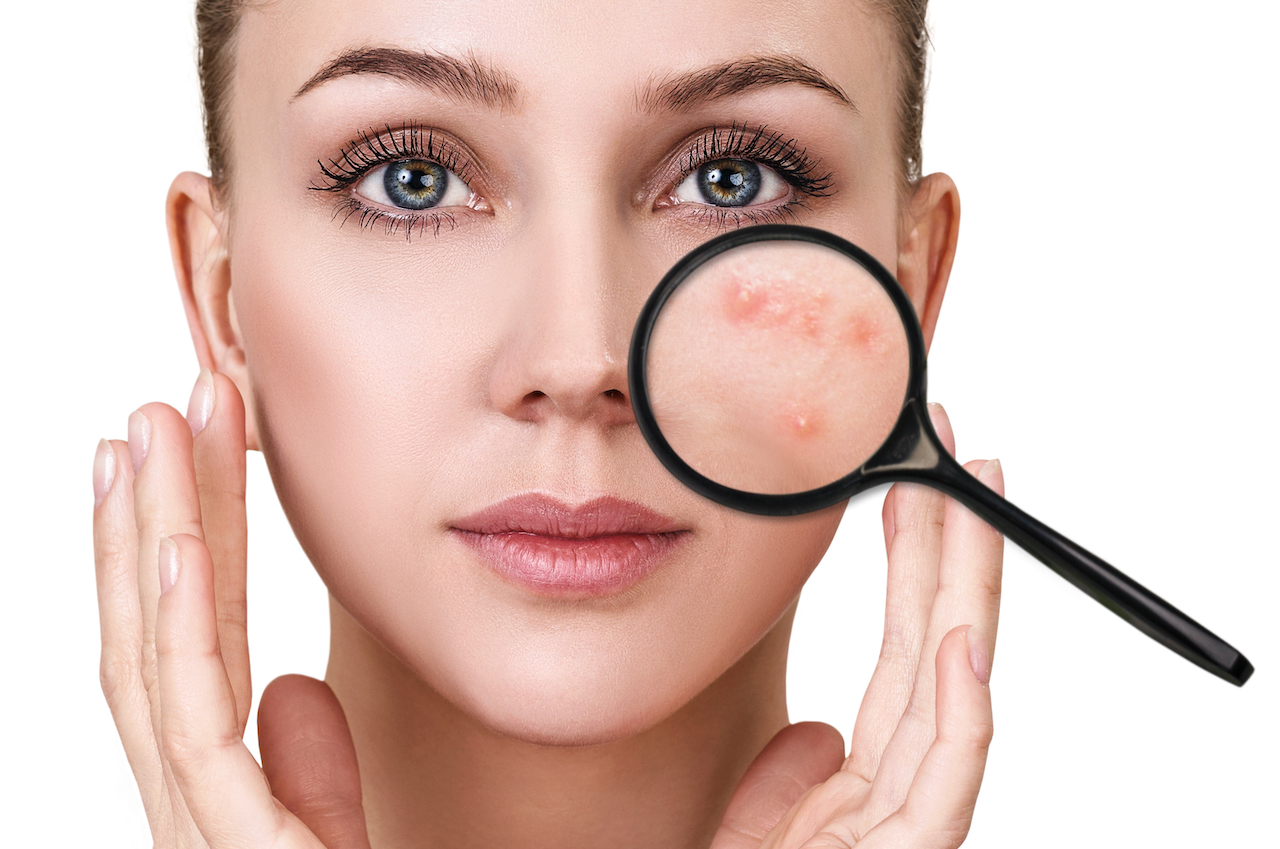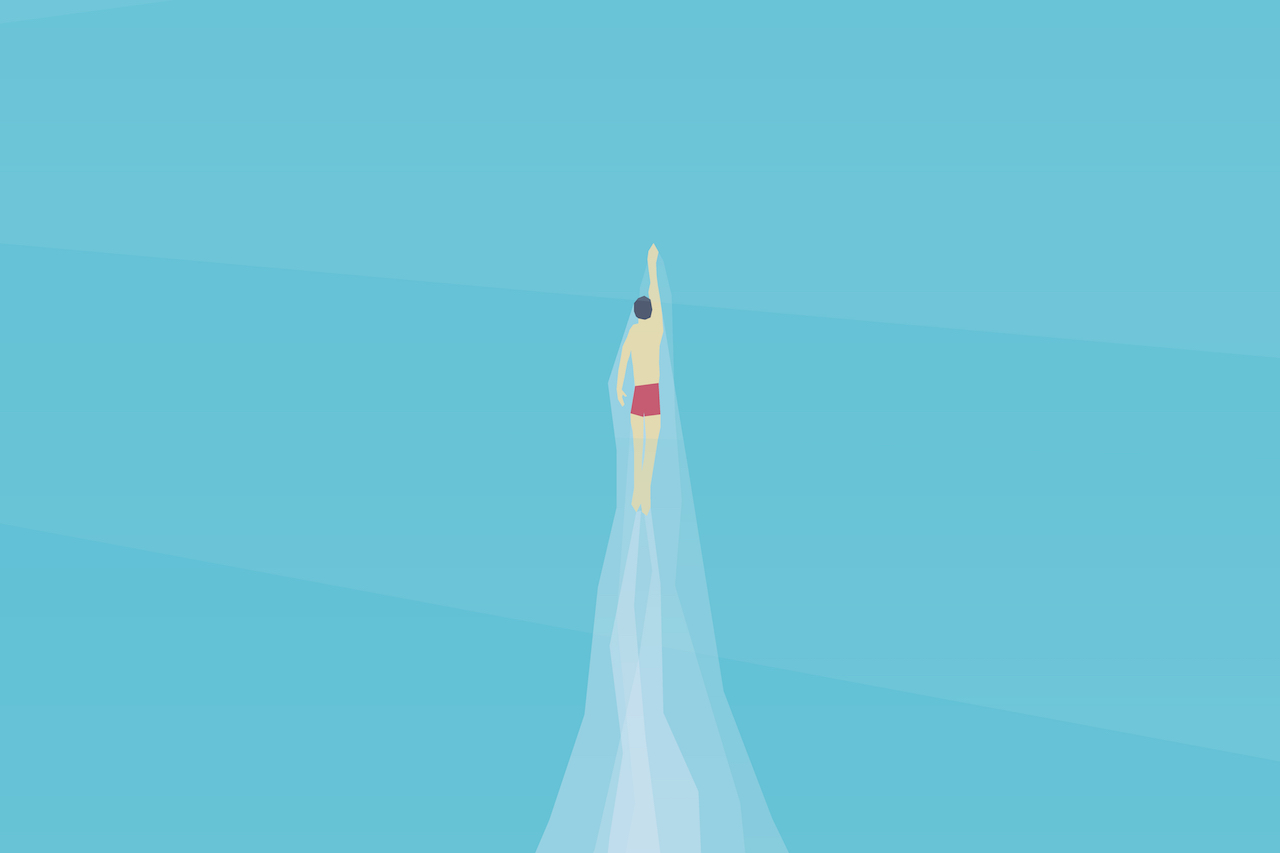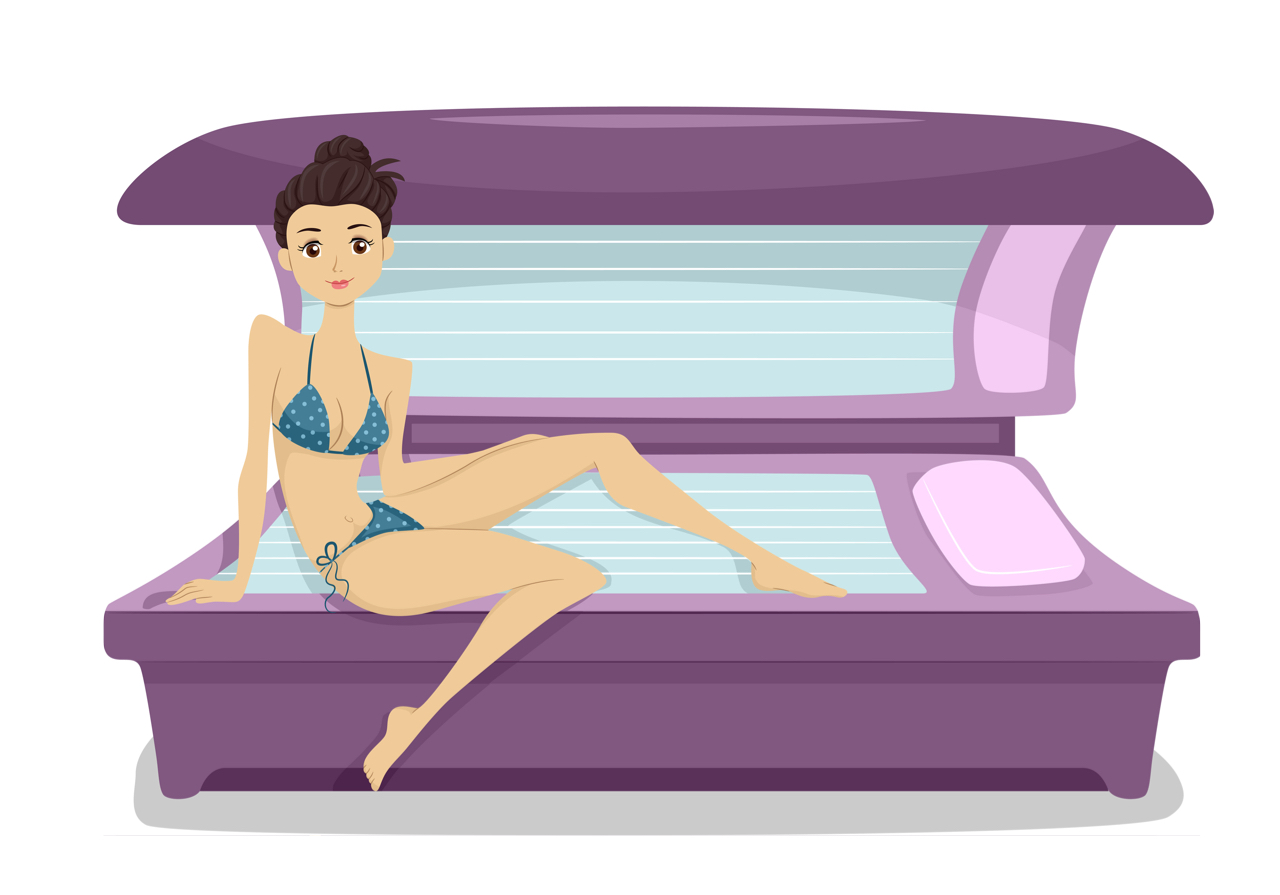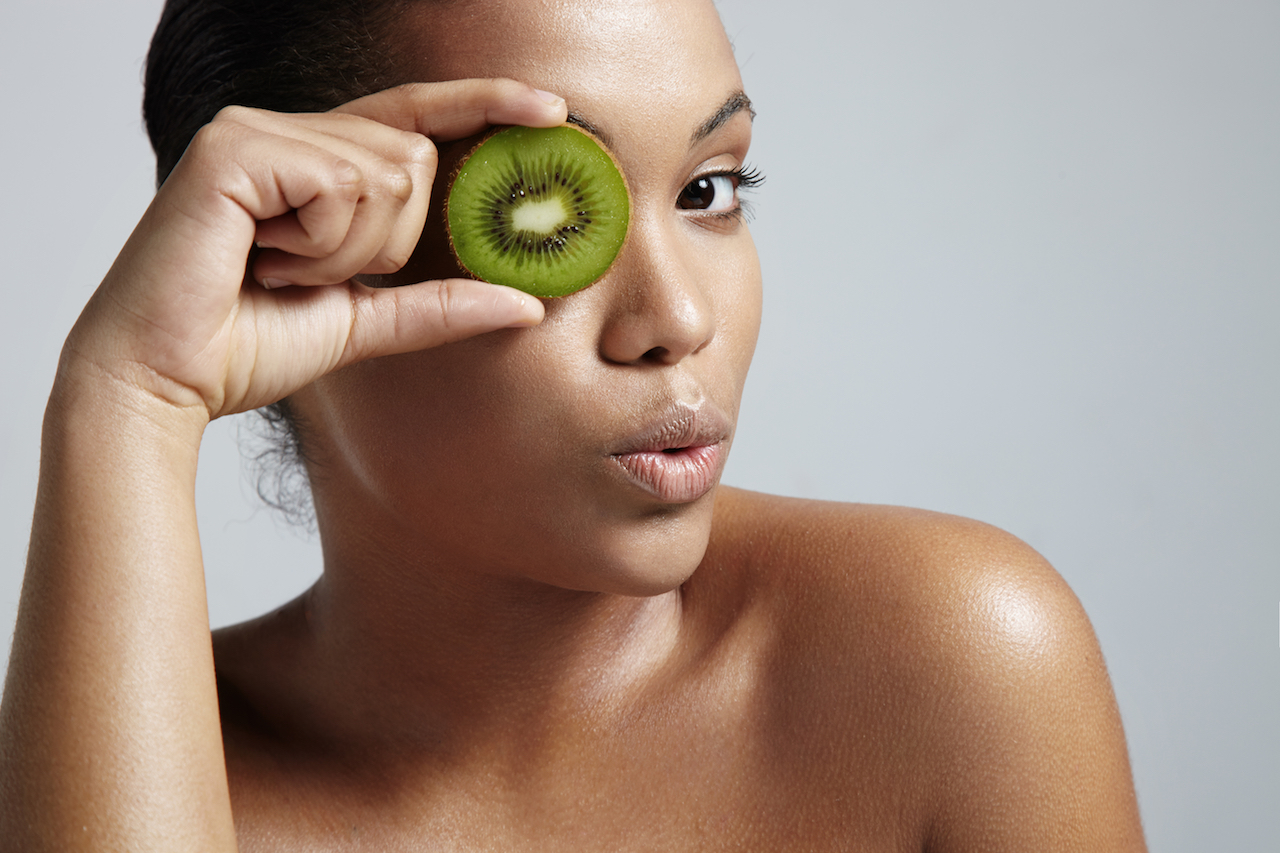Not only is keeping you beard in good condition crucial to achieving its healthy appearance, it also affects the way it feels on your face.
Treat your stubble well
Wash it
Washing your beard will keep it clean, smelling great, and prevent sweat and excess oil build-up. By removing dead skin cells, you’ll also be stimulating new facial hair growth.
The last thing you want is to put chemicals in the hairs that surround your mouth. Wash your beard with sulphate and chemical-free shampoo. This is especially important in the early stages of growth, as trapped food and skin cells can aggravate itchiness. An exfoliating scrub after washing is a great way to ensure that your skin is being rejuvenated.
Oil it
Beard oil moisturises the skin underneath your beard, and prevents itchiness, flakes, as well as maintaining follicle health. You need to remember that your beard is only going to be as healthy as the skin underneath it.
Studies claim that products with eucalyptus and eucalyptus oil are essential for hair growth stimulation. These ingredients promote quicker facial hair growth and make your hair thicker. Moisturisers with eucalyptus can also help remove dry or flaky skin. The best beard oils use natural ingredients, as well as premium essential oils and extracts.
Brush it
It’s best to comb your beard from the top down to the bottom and from the sides to centre. Follow the pattern in which hair flows by starting with the wider spaced-teeth area of the comb first. Then switch to the smaller teeth to help detangle the hairs.
Trim it
Trimming is an important part of the beard-care process. This is to help it look well-kept and healthy. Trim your beard using scissors instead of trimmers. Trimmers easily create split ends, while scissors allow you to fine-tune your beard’s shape. Use only professional quality scissors to get the best results.
To have a beard that grows quickly and evenly, take care of ingrown hairs. If you notice an ingrown hair or a pimple, use topical medication to help get rid of it quickly.
Good to know
Fill up and stay hydrated. Water is life and more so for your hair follicles. Drink sufficient water each day to give you a healthy, strong, full, and thick beard.
Reference:
- https://www.menshealth.com/style/a19545661/5-beard-maintenance-tips/
- http://beardstyle.net/healthy-beard-growing-tips/
- https://brickellmensproducts.com/blogs/grooming-manual/83682179-beard-care-how-to-maintain-a-beard
- https://www.mensxp.com/grooming/beards-and-shaving/45267-7-things-to-do-everyday-to-make-your-beard-grow-much-faster.html

